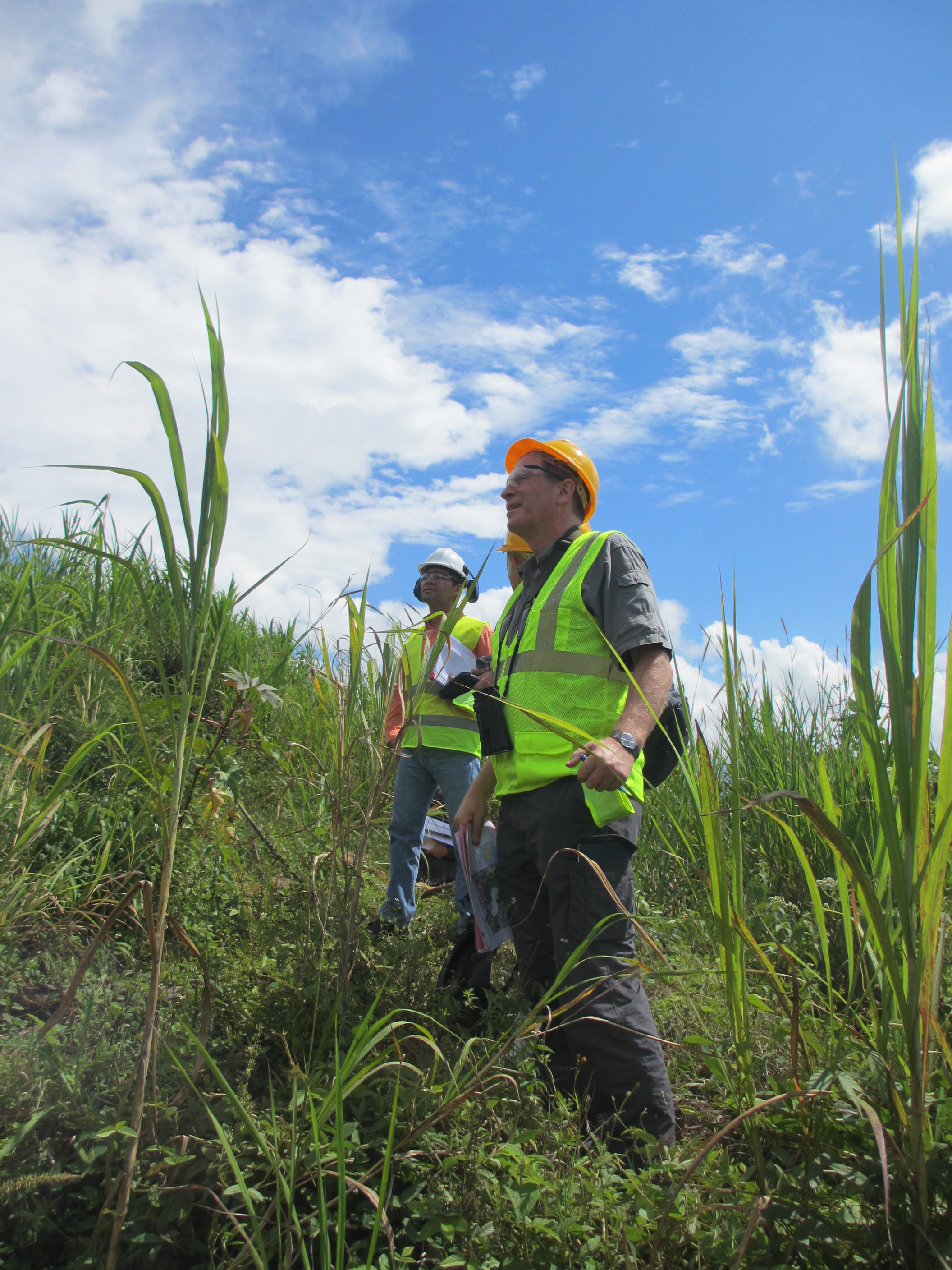IUCN and Holcim: Celebrating 7 years of biodiversity management
Over the last 7 years IUCN and Holcim have been working together to integrate biodiversity considerations into Holcim policies and practices. In 2014, a number of tools will be launched to scale up improved biodiversity management within the wider building materials sector and to help build a policy environment which supports company actions.

Photo: Maria Ana Borges
IUCN and Holcim began working together in 2007 to develop robust ecosystem conservation standards for the Holcim Group. The first phase focused on building a system to integrate biodiversity considerations into the planning, operational and post-operational phases of Holcim’s extraction operations.
The project may have started internally but it always had an ultimate goal to go beyond the company boundaries to contribute to sector-wide improvements in the cement and related industries. In 2011, with this in mind, Holcim and IUCN started work on adapting the system to create the Integrated Biodiversity Management System (IBMS). This tool will help other companies identify biodiversity risks and opportunities and determine the corresponding level of management activities needed.
With biodiversity management underway at several sites the next requirement was for a monitoring tool to keep track of biodiversity at the sites. The Biodiversity Indicator and Reporting System (BIRS) was designed as an easy-to-apply system for monitoring biodiversity at the site level and assessing the “suitability” of extraction sites to harbour biodiversity.
Whilst implementing the biodiversity management system, Holcim found instances of where legal requirements for sites conflicted with biodiversity conservation best practice. This added a regulatory aspect to the relationship as the project used these examples to build a guide to help policy-makers provide an enabling framework for companies to achieve better biodiversity conservation outcomes.
The IBMS, BIRS and policy guidelines will be available publicly by the end of March 2014. The publication of these tools will mark a new phase in the relationship. For the next few years Holcim will build on its current momentum to further roll out these tools across its operations on its own. This will allow them to call upon IUCN in future to carry out an independent verification of their implementation efforts. Meanwhile IUCN and Holcim will continue to work together with industry associations to promote the uptake of the tools across the sector and with policy-makers.
For further information please contact MariaAna.Borges@iucn.org or visit www.iucn.org/holcim



